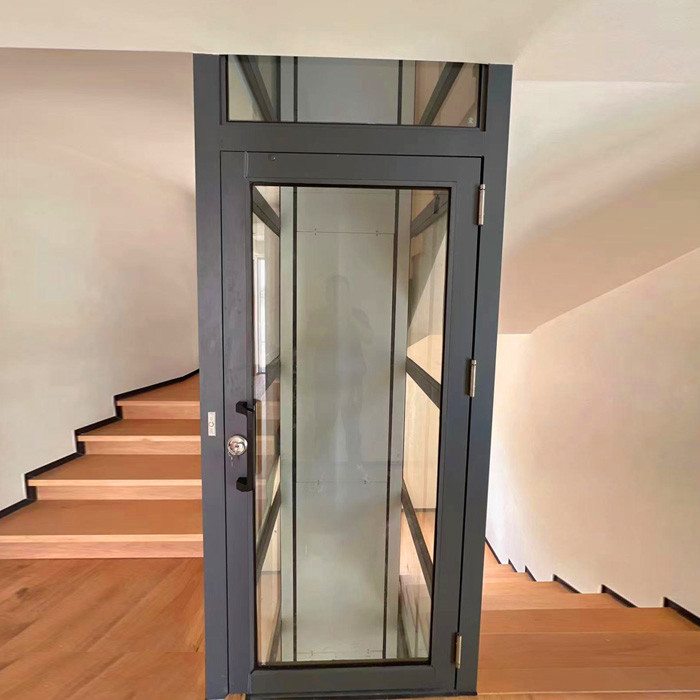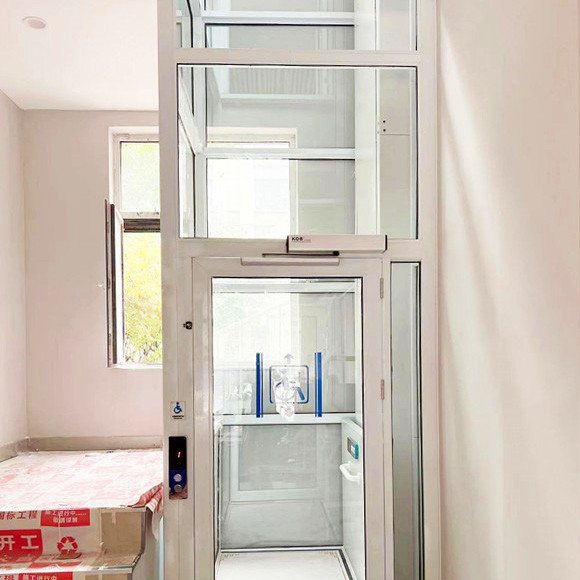
Shaft Elevator
In modern buildings—from high-rise residences to busy commercial centers—vertical transport is a daily necessity, and the shaft elevator stands as a reliable solution that blends functionality with adaptability. Its dedicated shaft structure not only ensures stable operation but also caters to diverse building needs, making it an essential part of daily life and business operations.
One of the key strengths of the shaft elevator lies in its flexible shaft design, which adapts to different building types. For compact residential buildings, the shaft can be customized to fit narrow spaces, maximizing usable floor area for apartments. In contrast, large commercial malls or office towers often feature multiple interconnected shafts, allowing for the installation of high-speed elevator banks that handle peak-hour traffic efficiently. Even in industrial facilities, shaft elevators are tailored with reinforced shafts to accommodate heavy-duty use—such as transporting equipment or raw materials between floors—without compromising stability. This ability to match the shaft to the building’s purpose ensures the elevator integrates seamlessly into the overall design.
Safety and reliability are further enhanced by the shaft’s protective structure. The enclosed shaft acts as a barrier, preventing external objects from entering the elevator’s operating space and shielding the elevator car from dust, moisture, or temperature fluctuations. This protection not only extends the elevator’s lifespan but also ensures consistent performance. For example, in areas with high humidity or frequent temperature changes—like underground parking garages or rooftop levels—the shaft maintains a stable internal environment, reducing the risk of mechanical issues. Additionally, the shaft houses critical safety components, such as emergency brakes and guide rails, keeping them secure and easily accessible for regular checks.

Shaft Elevator
Energy efficiency is another notable advantage of modern shaft elevators. Many designs incorporate shaft insulation to reduce heat transfer between floors, lowering the building’s overall energy consumption for heating or cooling. Some shafts also feature ventilation systems that optimize air flow, reducing the load on the elevator’s motor and cutting down on energy use during operation. For buildings aiming to meet green standards, these energy-saving features make the shaft elevator a sustainable choice that aligns with eco-friendly goals.
User experience is also prioritized in shaft elevator design. The enclosed shaft minimizes noise from the elevator’s operation, creating a quieter environment for building occupants. Inside the car, smooth movement—supported by the shaft’s guide rails—ensures a comfortable ride, even during high-speed travel. For users with mobility needs, shaft elevators can be equipped with wider doorways and level entry, all made possible by the shaft’s customizable dimensions. In busy settings, such as airports or train stations, shafts can be designed to support elevators with faster door opening times and higher passenger capacity, reducing wait times and improving flow.
In summary, the shaft elevator’s adaptability, safety, energy efficiency, and user-centric design make it a cornerstone of modern building infrastructure. By tailoring its shaft to diverse building needs, it ensures reliable vertical transport that enhances daily life and business operations alike. For any building seeking efficient, sustainable, and comfortable vertical mobility, the shaft elevator delivers a solution that meets both functional and user needs.
